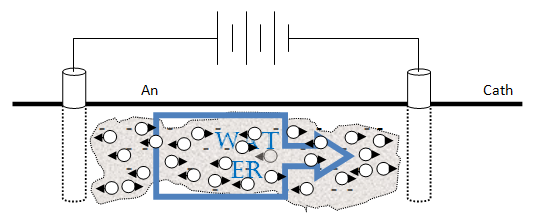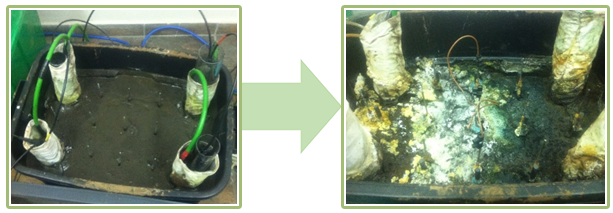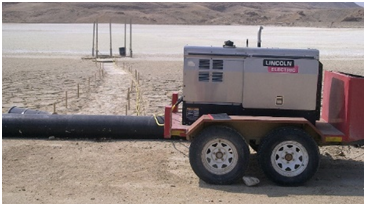Electrokinetic recovery and remediation
|
EK can extract even very low concentrations of contaminants from various mediums, and is ideal for clay applications, which are characterised by low hydraulic conductivity and high particle surface charges. This technology has found application in the rehabilitation of sites contaminated with a wide range of hazardous substances. The technology has been applied in areas such as:
|
|
Advantages of EK
|
|
By using EK, high-risk areas such as processing sites can be kept free of contaminants and tailings can be stabilised through dewatering. Some of the advantages of using EK for remediation are:
|
Process economics and approach
|
In dewatering applications, the cost of implementing and operating the EK system can be offset against improved water utilisation and increasing the lifespan of the current TSF. EK is often the best available technology (BAT) for in situ rehabilitation of areas contaminated with hazardous substances. Environmental impact is reduced by continuous rehabilitation of affected areas throughout the life of a mine. Consequently the cost of mine closure is reduced.
|
|
LBM’s track record
LBM has applied EK at various TSF deposits containing diamond mine tailings, vanadium-bearing tailings from a vanadium processing plant and vanadium-bearing uranium tailings from a uranium operation.
 A 30 m EK cell in a TSF |
Throughout 2013 LBM developed the technology further. We have the expertise to test the suitability of EK for specific applications and to implement the technology successfully. |



